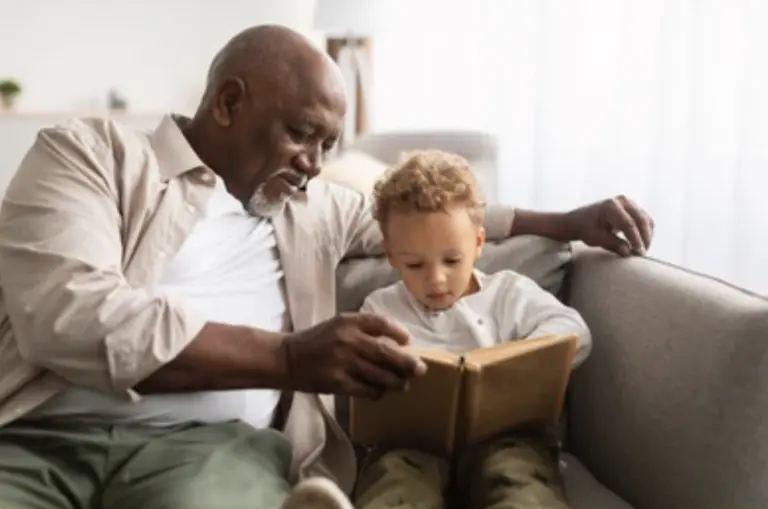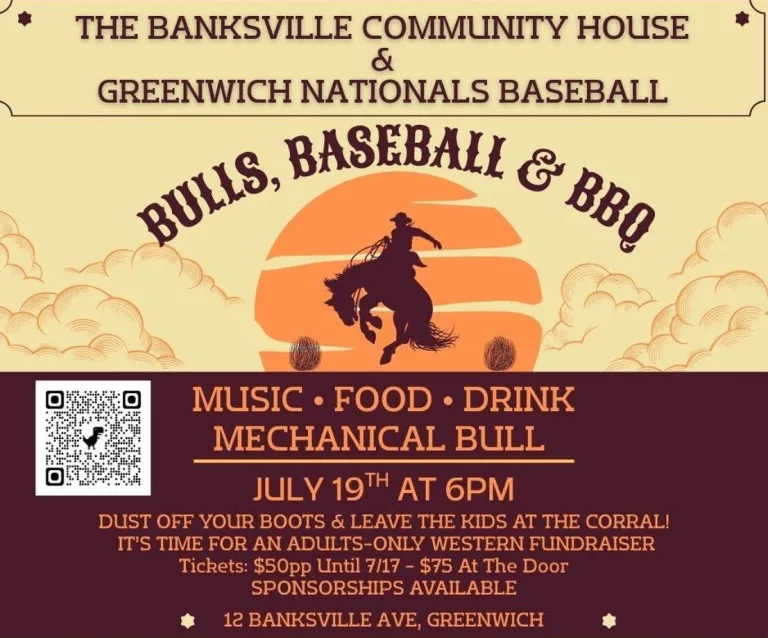
The first big snow storm of the season is upon us here in Greenwich. This cold weather can cause a trip to the emergency room for anything from a sprain/pulled muscle to a serious heart attack.
“Winter storms and cold temperatures can be hazardous. But with the proper precautions and a bit of planning, people can stay safe and healthy throughout the winter,” said Dr. Christopher Davison, MD, Medical Director of Greenwich Hospital’s Emergency Department.
In order to try and prevent a trip to the hospital during this storm, Davidson has these tips for you.
* Cold weather can trigger underlying health conditions so it’s important to listen to your body and dress appropriately for the weather. Start with the proper footwear and dress in layers. Wear a thin layer that touches the skin so there’s room for sweat to evaporate and build the layers – shirts, sweaters, vests – from there.
* Make sure you have an appropriate supply of prescription medications at home in case you’re unable to get out.
* Practice safe snow shoveling techniques. Warm up your muscles before shoveling because tight, cold muscles are more likely to sprain. If you experience pain, stop immediately and seek help. Push the snow; don’t lift it. Chose a shovel with a curved handle to lessen the strain on your back. Pace yourself with frequent breaks to stretch your back, arms and legs.
* If you experience pain while shoveling, stop immediately and seek help. Consider buying a snow blower or hiring someone to shovel if you are physically out of shape or have a chronic medical condition such as asthma. Over-exerting yourself can lead to serious injuries, even heart attack.
* Check on family and neighbors who are at increased risk from cold weather hazards, including young children, older adults and the chronically ill.
* Bring your pets inside. If you can’t bring them into your home, provide a warm shelter and unfrozen water to drink.
* Prevent frostbite to fingers, toes, ears and nose by keeping your extremities covered with gloves and hats. The first sign of frostbite is a tingly or numb sensation and the skin is red. It’s more serious when you no longer feel sensation and the skin turns white.
* Be on the alert for hypothermia, which occurs when your overall body temperature falls below a safe level. If left untreated, hypothermia can lead to a heart attack. The symptoms of hypothermia can sometimes mimic stroke symptoms such as confusion and slurred speech. The most common warning sign, though, is shivering to the point that you can’t stop. Get indoors, warm yourself gradually and avoid extreme heat.
* Watch out for invisible black ice, that thin coating of glaze ice on surfaces, especially on roads and driveways.
* Sprinkle sand or cat litter on icy patches.
* Be aware of the wind chill factor – it can turn a cold day into a frigid day.
We hope everyone stays safe and warm during this storm!





